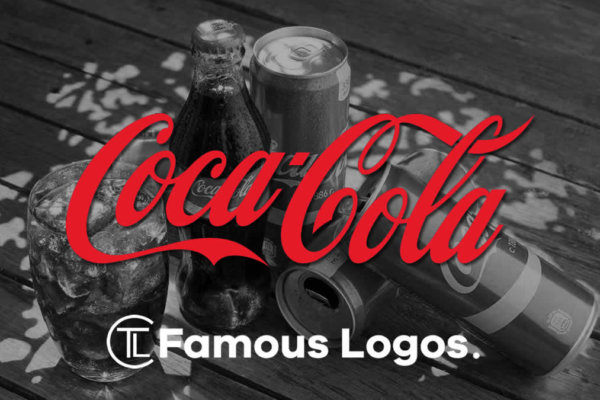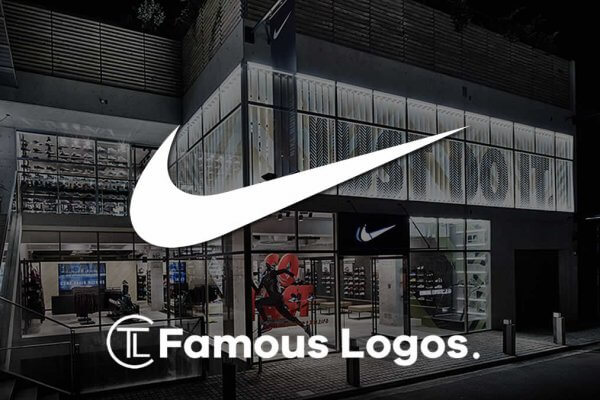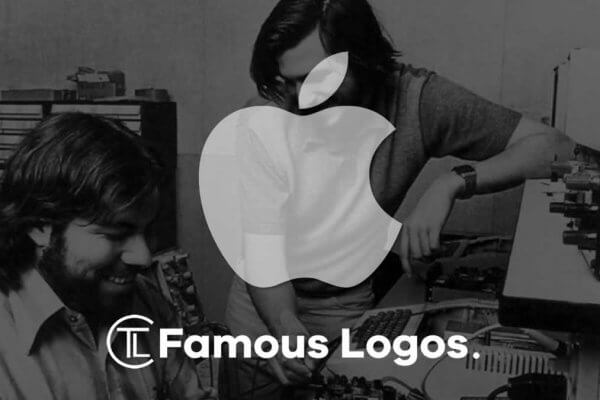There's a good chance that you have already encountered the better part of the logos represented in this section. Brands like Nike, Apple, Shell, Coca-Cola and McDonald's are widely and constantly encountered in everyday life, and their logos are embedded in our collective memories. These logos seem to have been around for as long as we can remember. We grew up with them and they became part of our culture, our design context. These icons offer us comforting reassurance in this quickly changing visual world.
But where do these logos come from? What are their background stories, who designed them, and have they always looked like this? After all, why would they change in the first place? Why would companies invest so much energy and money in that transformation? Changing a major international brand is a multi-million-pound operation.
Despite the cost, logos do evolve. People change during the course of their lives, and so do companies, as well as their brands and logos. From humble beginnings, ambitions soar sky-high. In early years, companies might easily follow fashion styles to attain the image they desire, but they will settle down eventually. They engage in new relationships and want to look their best on the happiest day of their lives. The result is a burgeoning family of companies and brands. Some plead irreconcilable differences, separate and merge with a new partner. When mid-life crisis strikes, they simply get a facelift and dress to suit their new age - although it's not always an improvement. And then they grow old gracefully, turn 100 or more, and achieve a respectable old age, which is always a good opportunity to shine again. Companies, their brands and their logos will always be fine-tuning their appearance to stay relevant. They cannot afford not to because there are always others waiting to take their positions in the spotlight.
The objective of this famous logos section is to collect an interesting mixture of logo histories of well-known international companies and brands to gain a better understanding of the reasons why logos look the way they do. In most cases, there was a distinct point in time, very early on or much later in their logo lives, at which a decisive design solution was made that has defined all future designs. Can you imagine a future Nike logo without the swoosh symbol? Or Michelin not using the Michelin man? When asked about the key to good design, Paul Rand described it in 1961 as "taking the essence of something that is already there and enhancing its meaning by putting it into a form everyone can identify with."





